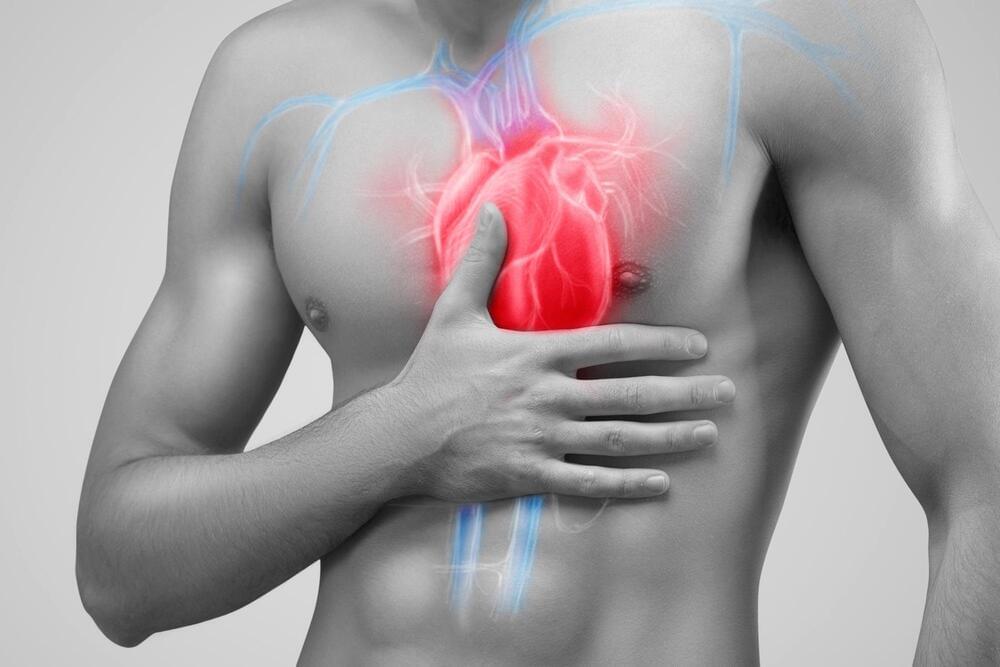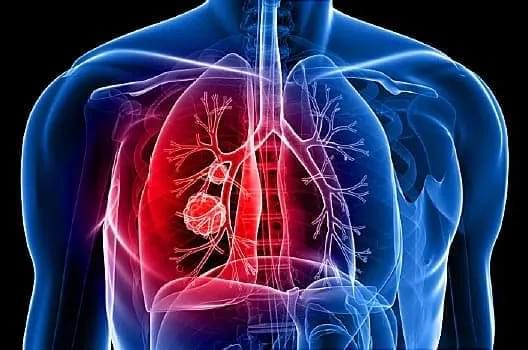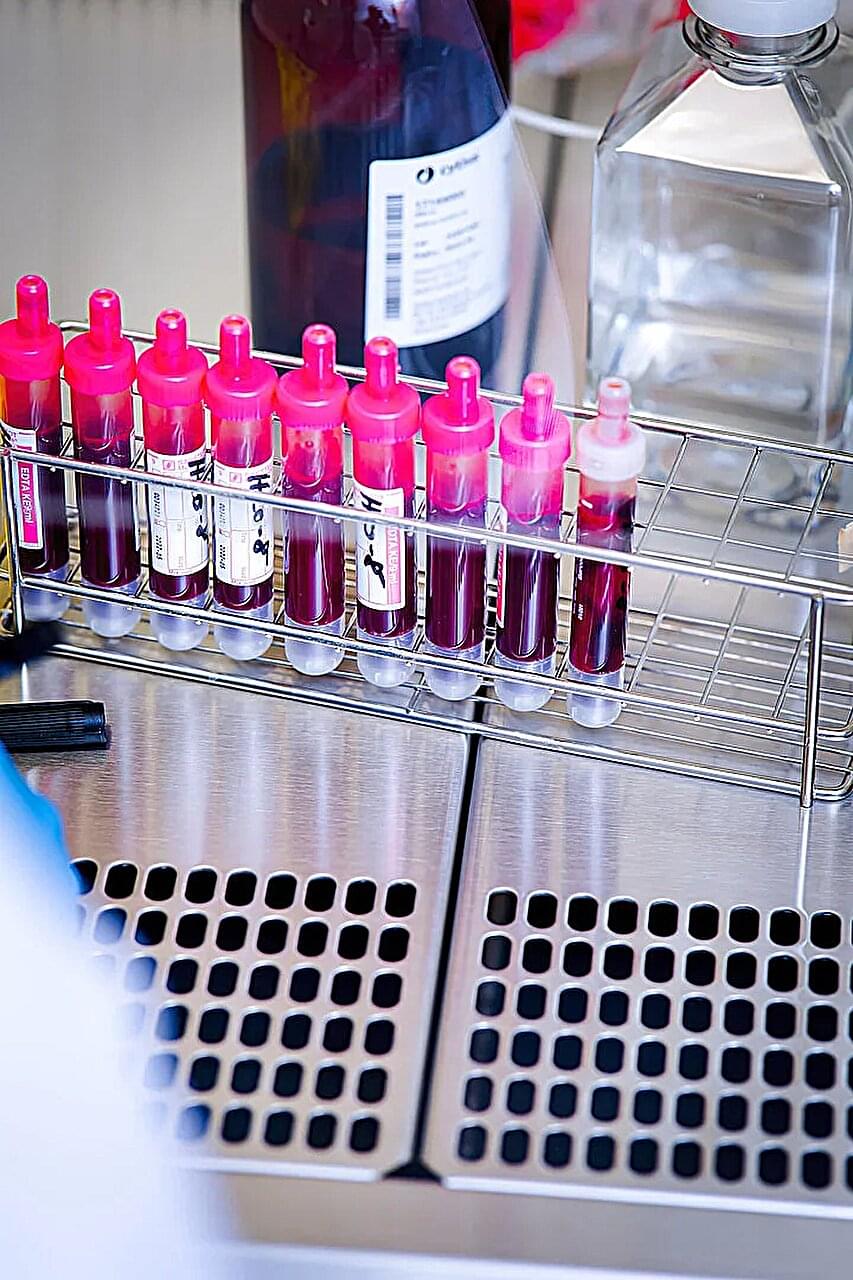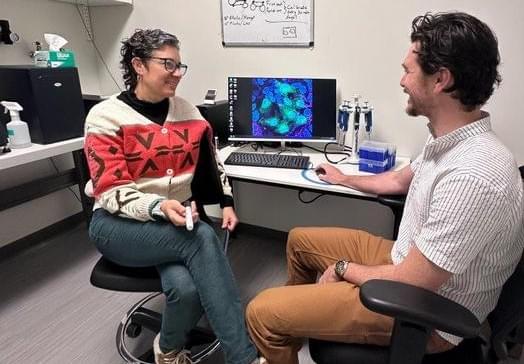Can anyone think of a good use for this protein in our cells in the future? Perhaps in space travel? 😁
Freeze ‘em, heat ‘em, blast them into empty space; with survival skills unlike any other organism on the planet, those hardy critters known as tardigrades will only come back for more.
While it’s clear their ability to withstand stress is in part due to their ability to turn their insides into gel, the mechanisms behind this act of metabolic preservation haven’t yet been made clear.
A new study led by researchers from the University of Wyoming found that expressing key tardigrade proteins in human cells slowed metabolism, providing critical insights into how these virtually indestructible invertebrates can survive under the most extreme conditions.








